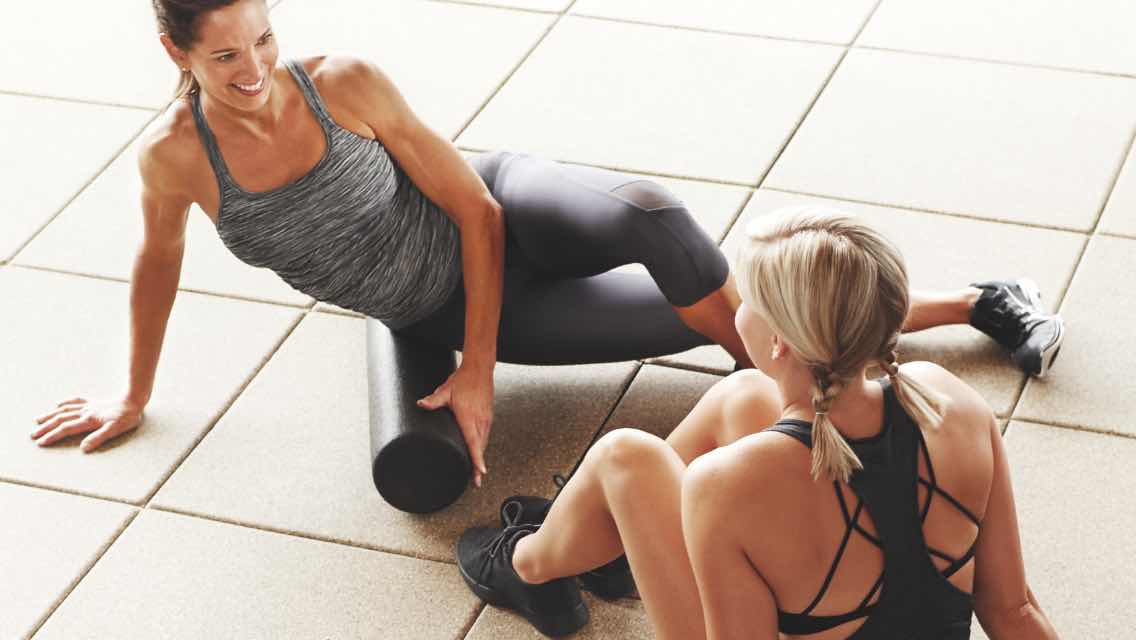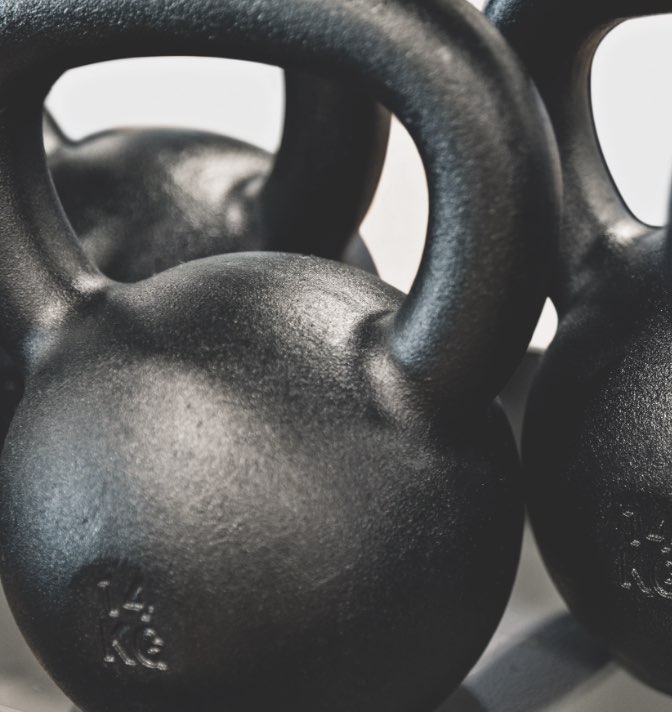You’ve no doubt seen foam rollers on the fitness floor of your health club or fitness center — perhaps you even have one in your home — but do you ever actually use them? Although popular with personal trainers, these lightweight cylinders of compressed foam are one of the most underutilized and overlooked pieces of equipment for the general exerciser.
Why is foam rolling needed?
Before we answer this question, a quick anatomy refresher about fascia first. This strong, thin layer of connective tissue beneath the skin surrounds organs, blood vessels, and tissues. Specifically, myofascial tissues provide support to our muscles.
When we sit for long periods of time, struggle with improper movement patterns and poor posture, wear the wrong types of shoes (such as high heels), or exercise regularly, myofascial tissue can tighten and form bundles that limit flexibility and range of motion. This can cause stiffness, soreness, knots, and painful trigger points.
Foam rolling involves applying pressure to tissues around the muscles in a technique called self-myofascial release, or SMR. The application of firm pressure to a tight bundle of tissues vis SMR can trigger a release.
The result? Increased circulation, which delivers more oxygen and water to the muscles, improved range of motion, less soreness, and better results from your workouts, too.
When is the best time to foam roll?
Many trainers use foam rolling with their clients during their session — or at minimum, they recommend doing it before or after a training session. If you’re planning a mobility or recovery session, starting off with foam rolling may be best. For high intensity workouts or those involving very heavy lifts, it can be incorporated at the end.
But foam rolling isn’t just limited to those pre- and post-workout window. Consider getting a foam roller to have at home so you can use it on your off days to support recovery. Try it first thing in the morning, after a long day on your feet, or any time your muscles feel tight.
While many of the foam rollers at the club are a standard type — you’ll most commonly find them in the stretching area on the fitness floor — there are different levels of firmness. More firm foam rollers apply the most pressure, and vice versa.
Based on how tight and tender your muscles are feeling, you may find it is best to start off with the less compressed rollers and work your way up to the firmest ones over a week or two.
Other foam rollers like the Vyper 2.0 add features like vibration, which help stimulate even more blood flow to the affected areas.
Getting Started
The most significant and noticeable benefits of foam rolling are often experienced when you regularly incorporate it as a part of your daily routine, whether it’s a workout day or not.
Start with the five movements below; each one targets a larger muscle group. Find the proper position, with foam roller under the targeted area, and slowly roll the muscle over the tool. Slow is key: The most common mistake is foam rolling too quickly.
Roll until you feel a “trigger point” (a spot that is a little tender) and continue to slowly move back and forth over than area for a few minutes. It’s can also be helpful to foam roll in multiple directions.
1. Upper Back
Note: Be careful to avoid your neck; once you reach your upper shoulders, reverse the movement.
2. Quads
Note: Start with the roller just above your knees and roll over it so it moves up your leg toward your hips. You can also do one leg at a time.
3. Hamstring
Note: Move the foam roller slowly, back and forth from your glute to your knee and reverse.
4. Calf
Note: Adjust pressure based on your individual tolerance; aim to slowly roll from below the knee to the ankle, slowly rotating your leg inward and outward. To add additional pressure, cross the opposite leg over your leg as shown. To reduce pressure, uncross your legs.
5. Glute
If you’re a Life Time member who is looking to connect with a fitness professional about building a sustainable exercise program and recovery strategy customized to you, reach out to us anytime here.





